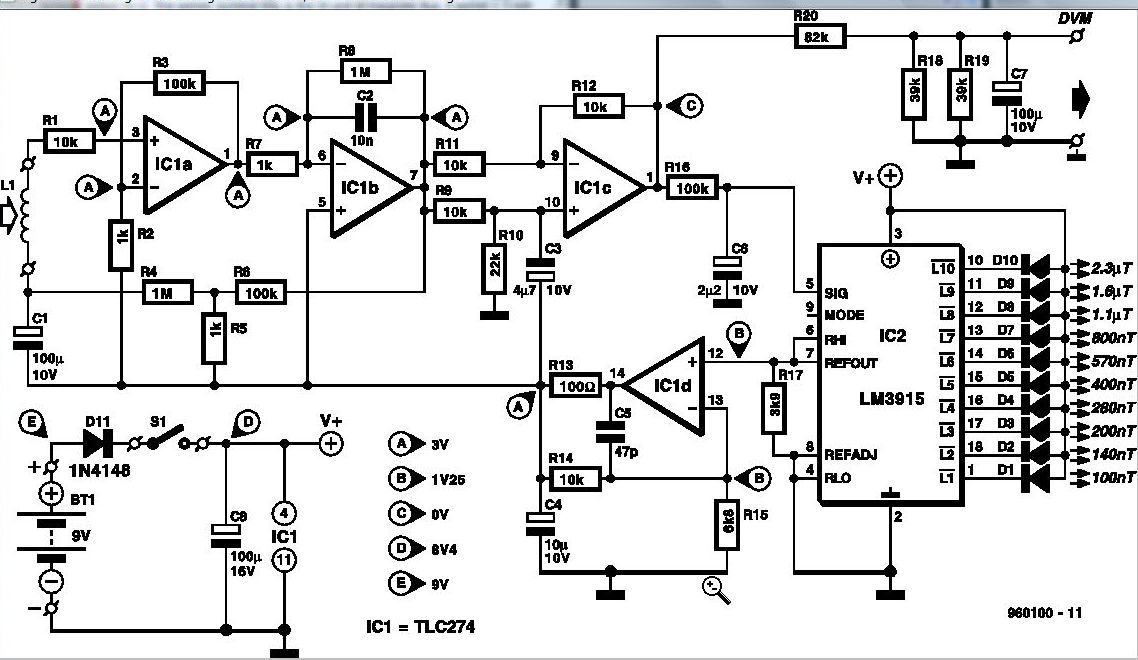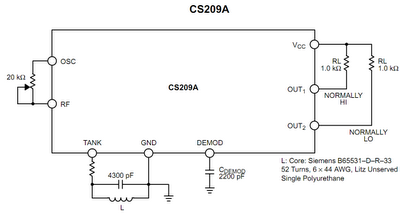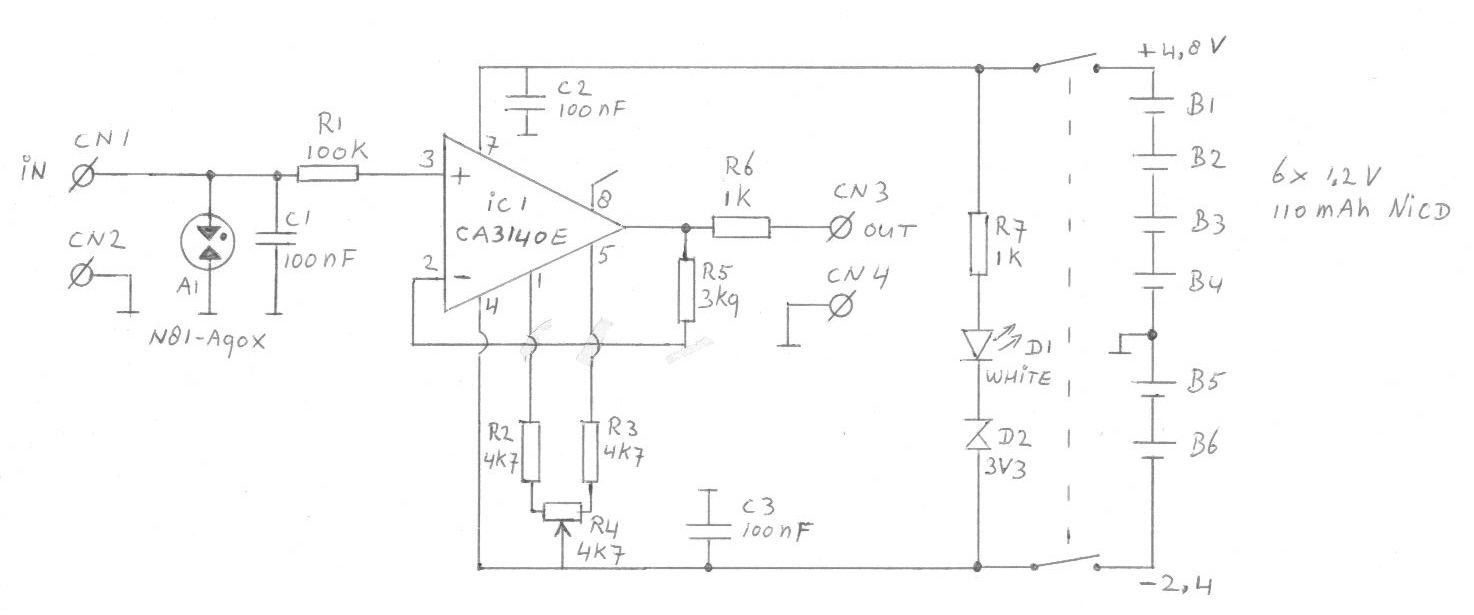
Inductivity Meter Using IC 555

The objective of the project is to construct a simple, low-cost inductance meter. The primary components of the project include an IC 555, a transistor, a resistor, and a capacitor.
The inductance meter designed in this project utilizes the IC 555 timer in astable mode to generate a square wave signal. The frequency of this square wave is influenced by the inductance of the coil being measured, as well as the associated resistor and capacitor values in the circuit.
The basic configuration involves connecting the inductor in series with a known resistor and capacitor. The output frequency from the IC 555 is monitored, typically using a frequency counter or a microcontroller, which can translate the frequency into an inductance value based on the known values of the resistor and capacitor.
A transistor is employed in this circuit to amplify the output signal from the IC 555, ensuring that the frequency can be accurately measured even at low inductance values. The choice of transistor should be appropriate for the frequency range and the expected output load.
Resistors are used to set the timing characteristics of the IC 555, while capacitors are critical for determining the oscillation frequency. The design must ensure that the capacitor used has a suitable tolerance and temperature coefficient to maintain accuracy in measurements.
Overall, this inductance meter project serves as a practical application of basic electronics principles, demonstrating the use of common components to create a functional measuring device. The simplicity and low cost make it accessible for educational purposes and hobbyist experimentation.The aim of the project is to build simple low cost inductance meter. The main parts of the project are IC 555, Transistor, resistor and capacitor.. 🔗 External reference
The inductance meter designed in this project utilizes the IC 555 timer in astable mode to generate a square wave signal. The frequency of this square wave is influenced by the inductance of the coil being measured, as well as the associated resistor and capacitor values in the circuit.
The basic configuration involves connecting the inductor in series with a known resistor and capacitor. The output frequency from the IC 555 is monitored, typically using a frequency counter or a microcontroller, which can translate the frequency into an inductance value based on the known values of the resistor and capacitor.
A transistor is employed in this circuit to amplify the output signal from the IC 555, ensuring that the frequency can be accurately measured even at low inductance values. The choice of transistor should be appropriate for the frequency range and the expected output load.
Resistors are used to set the timing characteristics of the IC 555, while capacitors are critical for determining the oscillation frequency. The design must ensure that the capacitor used has a suitable tolerance and temperature coefficient to maintain accuracy in measurements.
Overall, this inductance meter project serves as a practical application of basic electronics principles, demonstrating the use of common components to create a functional measuring device. The simplicity and low cost make it accessible for educational purposes and hobbyist experimentation.The aim of the project is to build simple low cost inductance meter. The main parts of the project are IC 555, Transistor, resistor and capacitor.. 🔗 External reference





